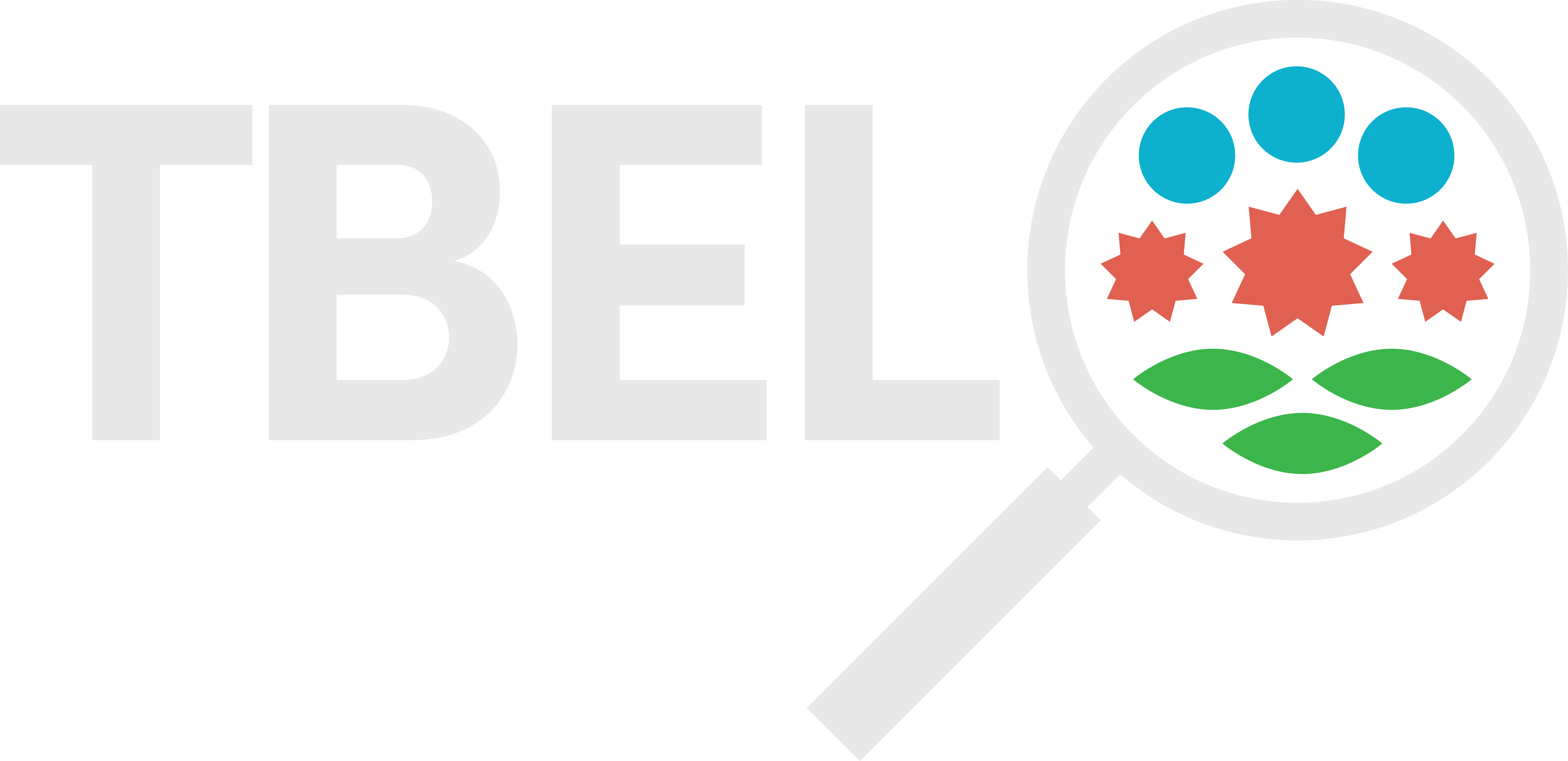aKNNO: single-cell and spatial transcriptomics clustering with an optimized adaptive k-nearest neighbor graph
- bgtaylor1
- Nov 22, 2024
- 1 min read

Date: | 1 August 2024 |
PMID: | |
Category: | N/A |
Authors: | Jia Li, Yu Shyr, Qi Liu |
Abstract: |
|
Typical clustering methods for single-cell and spatial transcriptomics struggle to identify rare cell types, while approaches tailored to detect rare cell types gain this ability at the cost of poorer performance for grouping abundant ones. Here, we develop aKNNO to simultaneously identify abundant and rare cell types based on an adaptive k-nearest neighbor graph with optimization. Benchmarking on 38 simulated and 20 single-cell and spatial transcriptomics datasets demonstrates that aKNNO identifies both abundant and rare cell types more accurately than general and specialized methods. Using only gene expression aKNNO maps abundant and rare cells more precisely compared to integrative approaches.
Acknowledgements:
The content of this article is solely the responsibility of the authors and does not necessarily represent the official views of the National Cancer Institute, or the National Institute of Health.
The Translational and Basic Science Research in Early Lesions (TBEL) Research Consortia is supported and funded by grants from the National Cancer Institute and the National Institutes of Health under the following award numbers:
Project Number: | Awardee Organization |
U54CA274374 | Fred Hutchinson Cancer Center |
U54CA274375 | Houston Methodist Research Institute |
U54CA274370 | Johns Hopkins University |
U54CA274371 | UT MD Anderson Cancer Center |
U54CA274367 | Vanderbilt University Medical Center |



Comments